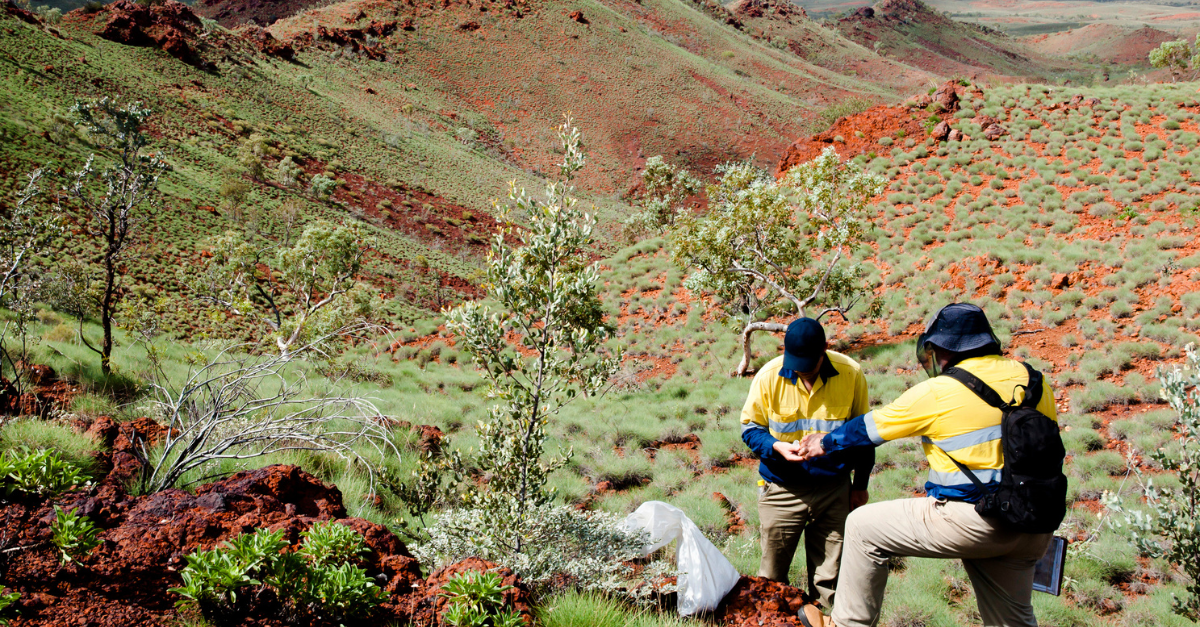A Shortfall in Governance
Recent events have exposed how the current model evident in the mining industry doesn’t meet expectations for robust ESG performance. There is a need for ESG reporting to ensure sustainability. The release of the Global Industry Standard on Tailings Management (GISTM) and the Australian inquiry into the destruction of the culturally significant Juukan Gorge caves underscore this issue.
The current model – where semi-independent business units maintain local decision-making autonomy – has created silos stopping critical information from being effectively communicated to corporate leadership. While this structure historically enabled efficient remote operations, it’s now a liability in an era of increasing transparency.
The Brumadinho tailings dam failure in Brazil, which killed over 270 people, demonstrated that governance lapses can be as devastating as physical infrastructure failures. This prompted an unprecedented multi-stakeholder effort involving mining companies, governments, and investors to develop industry standards.
The Juukan Gorge inquiry revealed how the 46,000-year-old caves’ cultural importance was not well-understood across the company, highlighting breakdowns in governance, reporting, and stakeholder engagement processes with traditional owner groups.
Technology for Enhanced Governance
With companies’ regional actions now having potential substantial reputational and financial risks, the federated model’s information barriers are an acute vulnerability. Critical ESG data remains disparate, rather than being aggregated and communicated effectively.
Modernising governance through technology investments that improve data integration across the entire business is an urgent priority. This will overcome historical reporting shortfalls and enable a robust view of ESG factors.
Many mining companies are rapidly reshaping governance to implement integrated, transparent ESG reporting enabled by modern software systems. Prompted by new standards and ESG failures, this shift is vital for social license to operate.
Comprehensive, transparent ESG data reporting to all stakeholders demonstrates a commitment to environmental responsibility, engagement, and ethical practices. Unlocking this through modern technology must be an urgent focus for the sector.
ESG Reporting Ensures Sustainability
A large number of K2fly’s Resource Disclosure clients have drawn a direct link between Natural and Mineral Resource Governance. We see it going further, into areas including heritage and land access, which contribute to ESG and therefore need consideration.
The GISTM sets a foundation for stakeholder collaboration and drive to improve industry performance on tailings, as well as sending a strong signal to the mining industry that ESG reporting needs to improve. It’s critical for governance structures and systems that support ESG initiatives to be put in place, preventing future disasters from destroying surrounding communities and environment.
We believe all resources are precious. Those with tenure have responsibility of resources and must manage them with appropriate levels of Resource Governance for all stakeholders. K2fly delivers confidence to companies in the transparency of their disclosures. This provides them and their stakeholders with processes that improve governance.
K2fly’s Resource Governance solutions enable sustainability practices by highlighting the link between strategy, planning, operations and disclosures. It is the combination of environmental, social, and mineral resource governance. Resource Governance improves a company’s reputation and those in and around its operational activities. We help ensure confidence in the material disclosed to the public to protect reputation and social licence to operate.




